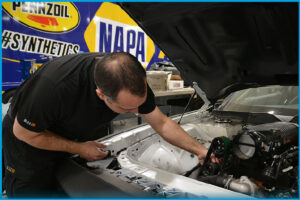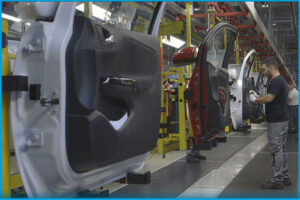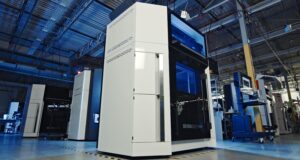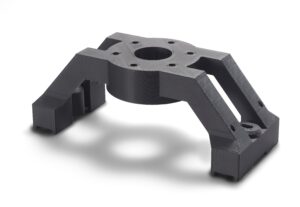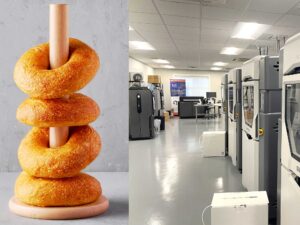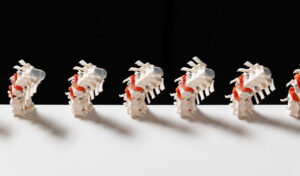In the fast-paced world of car and truck manufacturing, innovation is key to staying ahead of the competition. One such breakthrough that has transformed the industry is additive manufacturing, more commonly known as 3D printing. This revolutionary technology has enabled automakers to accelerate their new-product design processes, reducing prototype generation from weeks or months to mere hours or days. When 3D printing first entered the automotive realm, it was a game-changer for prototyping. Early 3D printers, though limited in resolution and material compatibility, proved immensely valuable for conceptual work. Automakers could now rapidly iterate and refine their designs, slashing development timelines and costs significantly. This newfound agility set the stage for what was to come.
A Swift Evolution and Competitive Advantage
As 3D printing technology advanced rapidly, its potential in the automotive industry expanded beyond prototyping. With innovations in printer technologies and the development of durable 3D printer materials like carbon fiber, additive manufacturing transformed into a competitive advantage for leading automotive companies. From initial design to final production, the automotive 3D printer played a pivotal role in streamlining processes and boosting efficiency.
In the present day, every major original equipment manufacturer (OEM) and Tier 1 supplier wholeheartedly embraces the advantages of 3D printing. This cutting-edge technology has seamlessly integrated itself into their operations, granting them the power to redefine the possibilities within the automotive sphere. As the technology advances, the users’ capabilities expand, revealing uncharted avenues for growth and ingenuity. Notably, the demand for 3D printing in the automotive sector has experienced a remarkable upsurge in recent years. This transformation is driven by the pursuit of economic efficiency, personalization, and sustainability. Projections indicate that by 2025, the market opportunity for automotive 3D printing will soar to an astonishing $40 billion, further soaring to exceed a staggering $115 billion by 2030. As we navigate the post-pandemic era, the automotive industry finds itself amidst a rapid and amplified transformation, with electrification emerging as the reigning trend.
Potential growth of industrial 3D printing in automotive industry
Electrification and the Role of 3D Printing
With the shift towards electromobility gaining momentum, automakers face the challenge of redesigning their vehicles to accommodate new propulsion systems. This is where 3D printing shines. As the best 3D printers enable rapid design iterations and the use of durable materials like carbon fiber, they prove to be indispensable tools in efficiently adapting to electrification demands.
Transforming the Supply Chain
The traditional centralized manufacturing model has its shortcomings, as global events, labor force fluctuations, and increased market demands can disrupt supply and distribution channels. Automotive 3D printing presents a valuable alternative, mitigating supply chain challenges and offsetting manufacturing cost increases. With on-demand production of tooling and parts, automakers can streamline their supply chain and ensure greater resilience in uncertain times.
Expanding Horizons with Connectivity and Spare Parts
Industry 4.0 requires seamless hardware and software connectivity. 3D printing technology is inherently suited to meet these demands, providing transparency, productivity, and predictability to the production process. Moreover, the longer lifespans of modern vehicles create a greater need for spare parts. Automotive 3D printing comes to the rescue once again, offering on-demand production to reduce inventory requirements and eliminate waste.
In the automotive industry’s pursuit of innovation, 3D printing has emerged as a driving force. From revolutionizing prototyping to reshaping supply chains and embracing electrification, additive manufacturing has proven its worth as a transformative technology. With the best 3D printers and durable materials at their disposal, automakers can confidently face the challenges of the future while delivering vehicles that are tailored to the needs of each customer. As 3D printing continues to evolve, we can only imagine the boundless possibilities it will unlock for the automotive world in the years to come.

